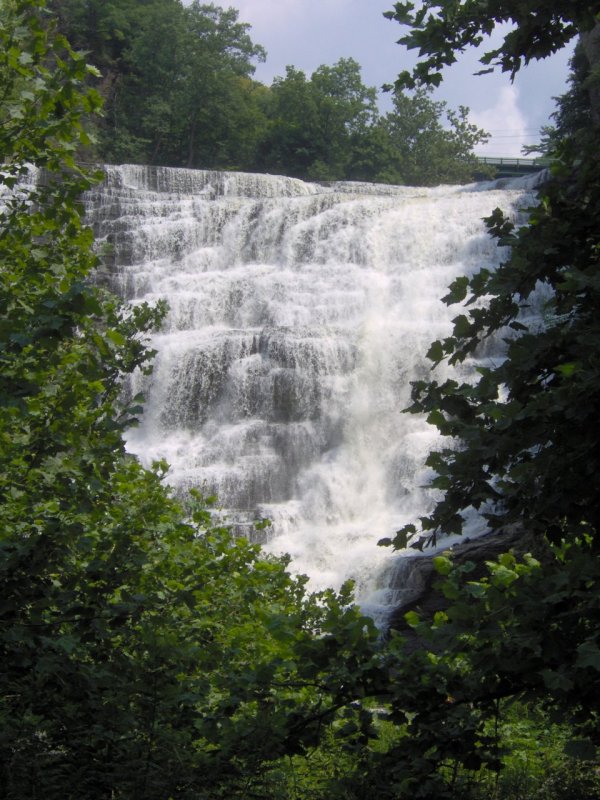Tsunami Love Story
From inkycircus, a woman-run science blog:
It's a year since the tsunami, and there've been lots of stories in the media about regeneration and hope in the areas devastated by the wave. But this one story caught my eye. A 2 year old baby hippo known as Owen was living with his family near the Sabaki River on the East African coast when the wave swept him out and stranded him on a reef. He was rescued by local fishermen and taken to the Haller Park sanctuary, where, all alone and clearly lonely, he formed a strong attachment to another resident and started following him around and trying to sleep next to him. This other resident is Mzee - a male tortoise who is over 130 years old.
Mzee was apparently initially unimpressed and tried to ignore Owen's attentions. But he has since been won over and the two are inseparable friends a year on. Staff at the Haller sanctuary think that Owen may have been attracted by Mzee's round shape and gray color because they are somewhat similar to that of an adult hippopotamus. They plan to introduce Owen to another hippo called Cleo at the sanctuary to give him some companionship of his own kind, but intend to keep the tortoise on hand during the introductions to smooth the process. (More info from MSNBC here, photo - which is just too much - from Associated Press)
 Permalink 2:48 PM
Permalink 2:48 PM











